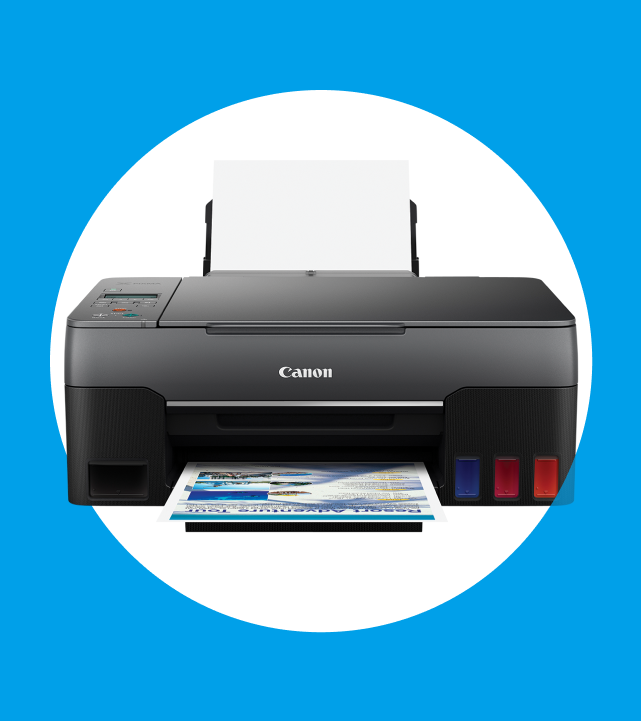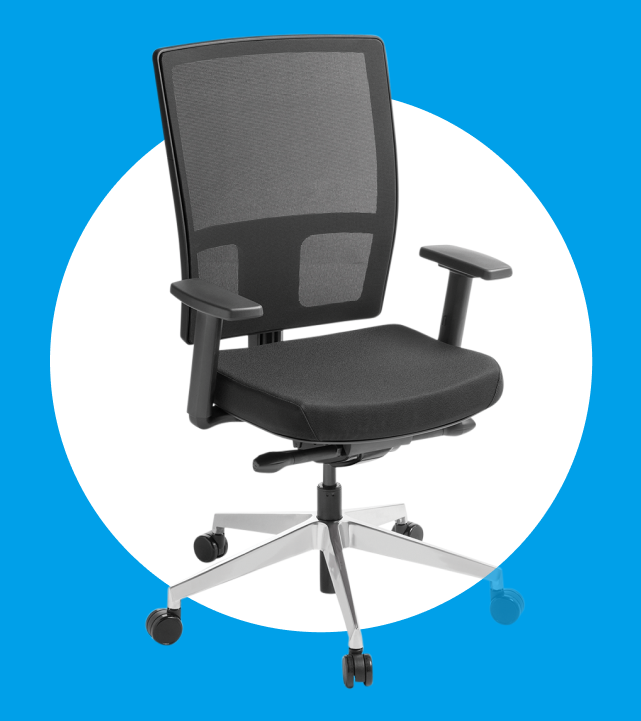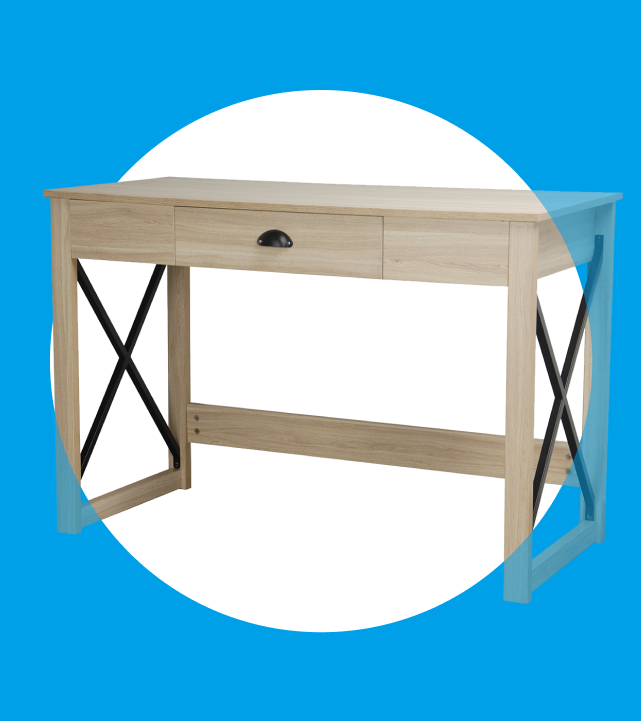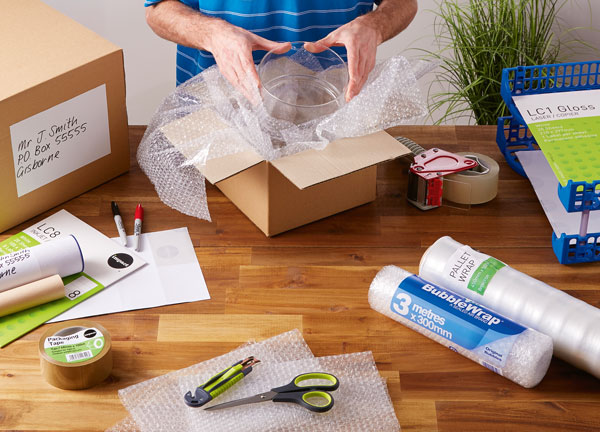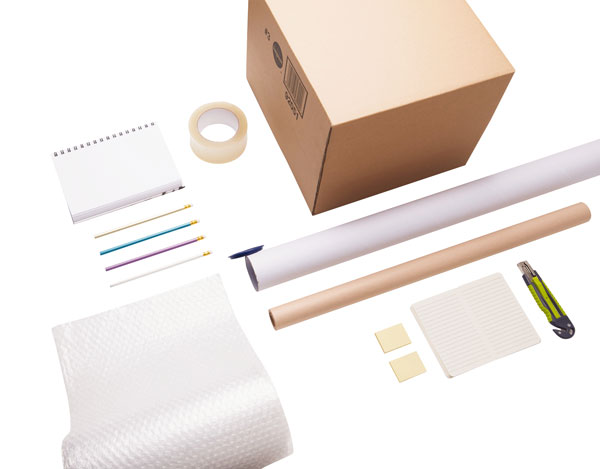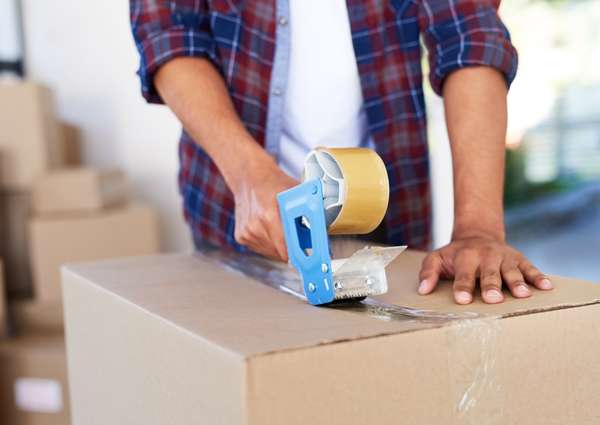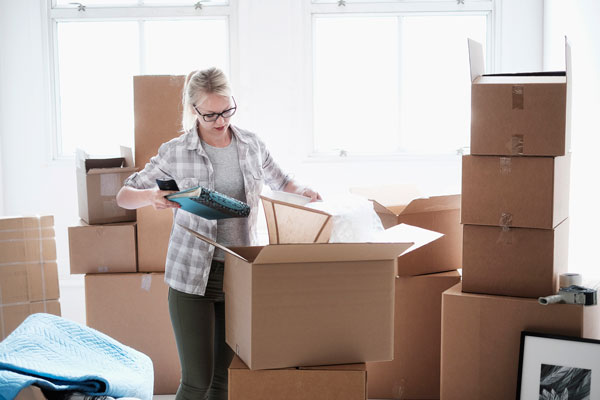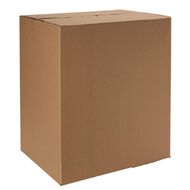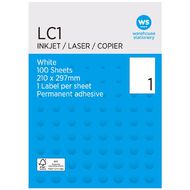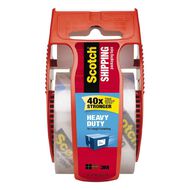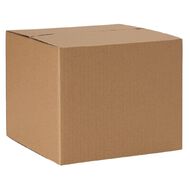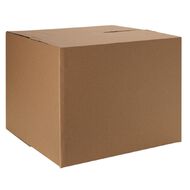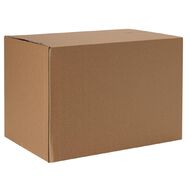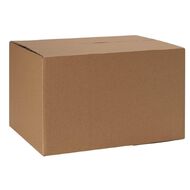Packing Buying Guide
10 tips for moving your home or office
Moving home or office can be stressful. So many things need to be taken into consideration, eg what supplies do you need, how much money will it cost, will you need extra help and how will you shift those more difficult items?
If you're struggling with how to start packing for an office or home move, check out this list of super helpful tips to ensure you are ready!
1. Make a list
You’re about to make a move but where do you start? Whether you’re moving house or office there are always so many things to organise and not enough time to do it in, if you start by making a packing list of things it will give you an idea of how much you need to do and ensure you don’t miss anything. A few tips for your list:
- Make an inventory of the items you are moving – this will help if you misplace items and in case of emergencies.
- Make a copy of all your important documents (visit our print and copy centre in store to get some quick help)
- Take photos on your phone or camera to keep track of what you’ve got and what items have been packed where.
2. Set a moving budget
Once you’ve written your list then you’ll need to think about how much the move is going to cost. If you come up with a rough budget of essential costs and non-essential costs you’ll get an idea of how much you need to spend on things like movers for big items and packing supplies.
3. Gather boxes
Ask around friends and family if they’ve got any boxes lying around, head to supermarkets to take their unused boxes and check the recycling at work. Try to get as many boxes as you can and think of a rough estimate of how many you’ll need.
4. Get supplies you need for moving (markers, tape etc)
You’ll need packing tape for your boxes and items like markers, paper and bubble wrap to label boxes and protect your items.
5. Find out what you can/can’t move yourself
For larger items, you’ll need an extra set of hands or you’ll need to arrange a moving company to shift these items.
6. Hire added help for larger items
For the items that you can’t shift yourself or don’t have the right equipment or space to move you will need to book a moving company to help you out. Make sure you do some good research online or through friends and check things like ratings and prices so you don’t overspend and your items are well looked after.
7. Get rid of things you no longer need
One major benefit of shifting homes or offices is that it gives you a good opportunity to de-clutter and get rid of anything you no longer need. A good tip is to start a bag or box of the things you don’t want or need and donate it to The Salvation Army when you’re done.
8. Prepare the essentials separately
This step is really important! Make sure you keep your frequently used items separate and know exactly where they are (this is where labelling is essential). This will be the first box you’ll unpack containing either the things you need to do your job or the items you use the most at home.
9. Follow instructions on how to properly pack your items based on what they are
Do some research on how to pack items depending on what they are. See our list of questions below if you’re stuck!
10. START MOVING!
Do one last check before you finish for anything you may have missed.
FAQs
- Recycle of course!
- Ask friends/family if anyone is moving and in need of boxes
- Post a message on social media or a message board
- Contact a school, library, church or charity that might need they boxes for storage
- Use your boxes for your own storage
- Save boxes for your next office or home move
- Use the boxes for DIY projects
